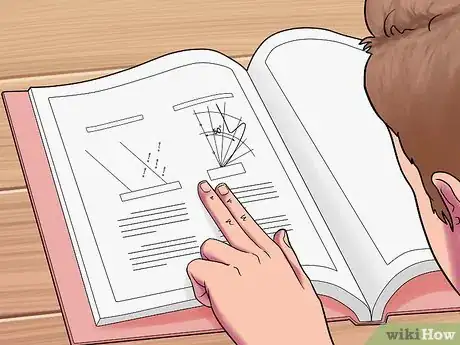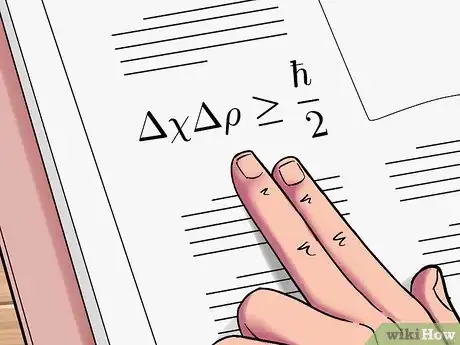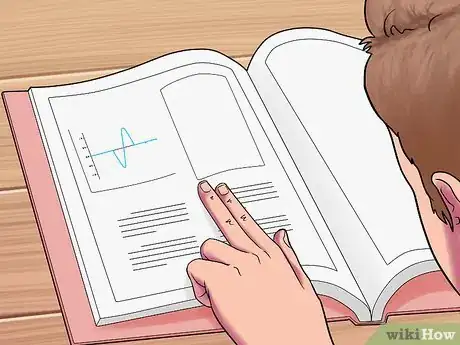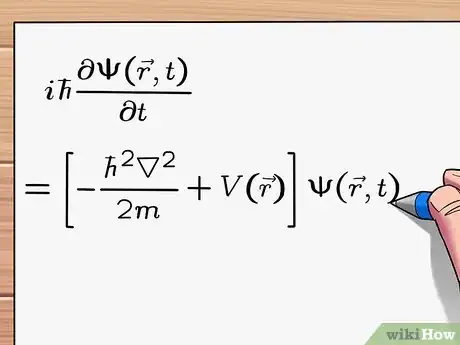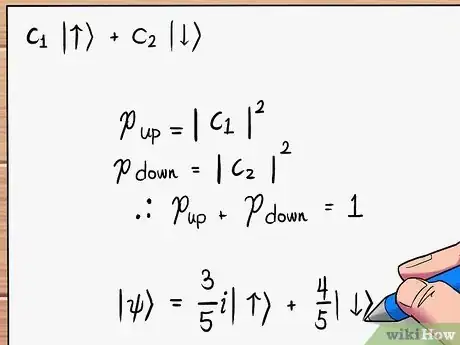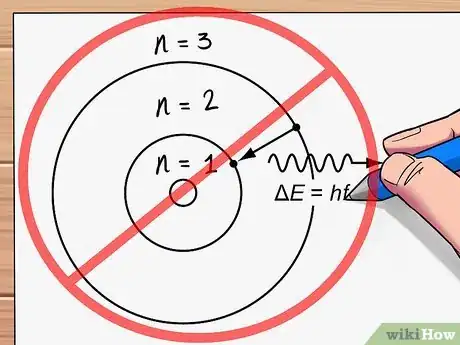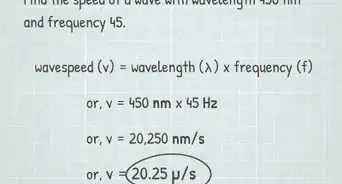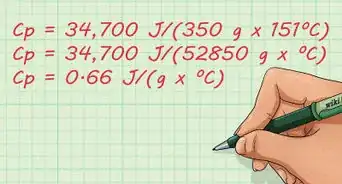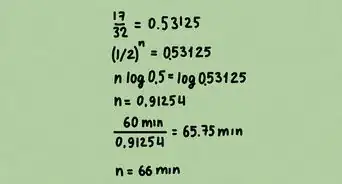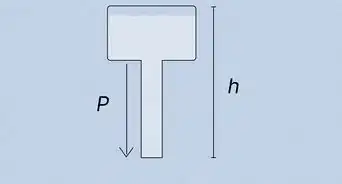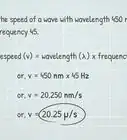wikiHow is a “wiki,” similar to Wikipedia, which means that many of our articles are co-written by multiple authors. To create this article, 21 people, some anonymous, worked to edit and improve it over time.
There are 8 references cited in this article, which can be found at the bottom of the page.
This article has been viewed 156,732 times.
Learn more...
Quantum physics (also known as quantum theory or quantum mechanics) is a branch of physics providing a description of the behaviour and interaction of matter and energy on the scale of subatomic particles, photons and certain materials at very low temperature. The quantum realm is defined as being where the "action" (or sometimes the angular momentum) of the particle is within a few orders of magnitude of a very tiny physical constant called the Plank constant.
Steps
Planck Constant
-
1Start with learning about the physical significance of the Planck constant. In quantum mechanics, the quantum of action is the Planck constant, usually denoted as h. Likewise, for interacting subatomic particles, the quantum of angular momentum is the reduced Planck constant (the Planck constant divided by 2π) denoted by ħ and called "h-bar". The value of the Planck constant is extremely small, its units are those of angular momentum, and the notion of action is the more general mathematical concept. As the name quantum mechanics implies, certain physical quantities such as angular momentum can change only in discrete amounts, and not in a continuous (cf. analog) way.[1]
- For example, the angular momentum of an electron bound to an atom or molecule is quantized and can only have values that are multiples of the reduced Planck constant. This quantization gives rise to electron orbitals of a series of integer primary quantum number. In contrast, the angular momentum of a nearby unbound electron is not quantized. The Planck constant also plays a role in the quantum theory of light, where the quantum of light is the photon and where matter and energy interact via the atomic electron transition or "quantum leap" of the bound electron.
- The units of the Planck constant can also be viewed as energy times time. For example, in the subject area of particle physics, the notion of virtual particles are messy particles that spontaneously appear out of the vacuum for a tiny fraction of a section and play a role in a particle interaction. The limit to the lifetime of these virtual particles is the energy (mass) of the particle times that lifetime. Quantum mechanics is a large subject area but every part of its mathematics involves the Planck constant.
-
2Learn about massy particles. Massy particles go through a classical-to-quantum transition. Even though the free electron displays some quantum properties (such as spin), as the unbound electron approaches the atom and slows down (perhaps by emitting photons), it undergoes a transition from classical to quantum behavior as its energy goes below the ionization energy. The electron is then bound to the atom and its angular momentum with respect to the atomic nucleus is restricted to quantized values of the orbitals it can occupy. The transition is sudden. One might compare this transition with that of a mechanical system that changes from displaying unstable to stable behavior or from displaying simple to chaotic behavior, or even a rocket ship slowing and going below escape velocity and entering orbit around some star or other celestial object. In contrast photons (which are massless) do not go through such a transition: photons just travel through space unchanged until they interact with other particles and then disappear. As you look into the night sky, the photons from some star traveled through light years of space unchanged then interacted with an electron in a molecule of your retina, transferred its energy and then otherwise disappeared.[2]
Community Q&A
-
QuestionI really want to learn Quantum Mechanics. How can I learn it by myself?
 Community AnswerFind the most highly recommended texts on the subject at a library or bookstore, select the ones that look best to you, and attempt to read them.
Community AnswerFind the most highly recommended texts on the subject at a library or bookstore, select the ones that look best to you, and attempt to read them. -
QuestionWhat are eigenvalues?
 Community AnswerWhenever we make a measurement on an observable in a particular state, the eigenvalues are the possible results of the measurement. Having an eigenvalue implies that the observable can exist in that particular state with zero uncertainty.
Community AnswerWhenever we make a measurement on an observable in a particular state, the eigenvalues are the possible results of the measurement. Having an eigenvalue implies that the observable can exist in that particular state with zero uncertainty. -
QuestionDoes a single electron split into multiple pseudo-particles which create a wavelike shape and then go through double slit?
 Henry SheehyCommunity AnswerNo. Electrons cannot split, as far as we can tell. There is an analogous statement to the one which you describe, but for waves. It's called Huygens Principle. To really understand interference, think about the electron's wavefunction as a measure of its probability. It tells you where you may find the electron. Then when you measure you collapse the wavefunction to be in one of its many possibilities, and that's where you see an electron particle.
Henry SheehyCommunity AnswerNo. Electrons cannot split, as far as we can tell. There is an analogous statement to the one which you describe, but for waves. It's called Huygens Principle. To really understand interference, think about the electron's wavefunction as a measure of its probability. It tells you where you may find the electron. Then when you measure you collapse the wavefunction to be in one of its many possibilities, and that's where you see an electron particle.
References
- ↑ https://www.pbs.org/wgbh/nova/article/plancks-constant/
- ↑ https://www.forbes.com/sites/startswithabang/2018/02/27/quantum-uncertainty-extends-even-to-mass-as-particle-physics-demonstrates/#71e1f5ca3edf
- ↑ https://www.forbes.com/sites/chadorzel/2015/07/08/six-things-everyone-should-know-about-quantum-physics/#598622407d46
- ↑ https://www.forbes.com/sites/chadorzel/2015/07/08/six-things-everyone-should-know-about-quantum-physics/#598622407d46
- ↑ https://scienceexchange.caltech.edu/topics/quantum-science-explained/uncertainty-principle
- ↑ https://ocw.mit.edu/courses/physics/8-04-quantum-physics-i-spring-2013/lecture-notes/MIT8_04S13_Lec03.pdf
- ↑ https://www.khanacademy.org/science/physics/quantum-physics/quantum-numbers-and-orbitals/a/the-quantum-mechanical-model-of-the-atom
- ↑ https://scienceexchange.caltech.edu/topics/quantum-science-explained/quantum-superposition
- ↑ https://pdfs.semanticscholar.org/fcfb/43bdc22feb84050a364f851a93f97deae38d.pdf



